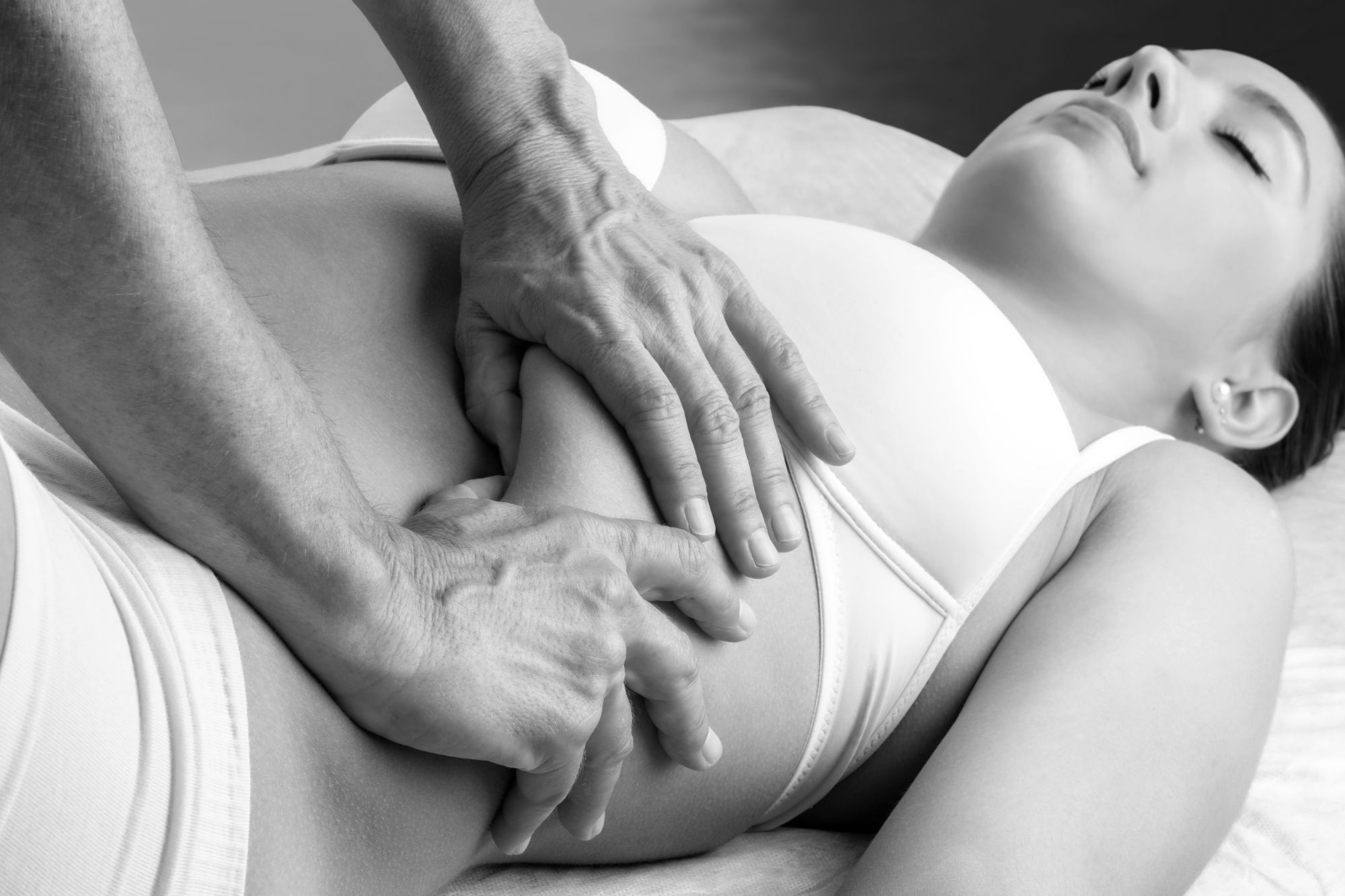
Visceral Manipulation
What is it?
Visceral Manipulation can involve treatment of any parts of the body, but especially considers the internal organs (or ‘viscera’), aiming to restore their natural movement and functioning. It was – and is continuing to be – developed by Jean-Pierre Barral, originally an osteopath who wanted to understand more clearly the variety of restrictions and problems that could occur to the internal organs of the body and how they affect and are affected by the musculoskeletal system.
Earlier in his career, he found that a number of patient’s apparent musculoskeletal symptoms were not responding to typical osteopathic intervention. Exploration and release of the restrictions around organs often helped improve the problems while overall health and vitality also improved.
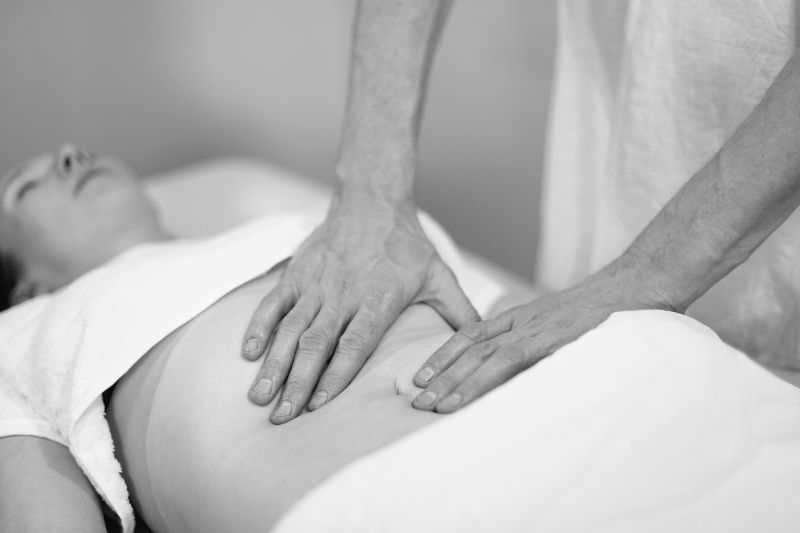
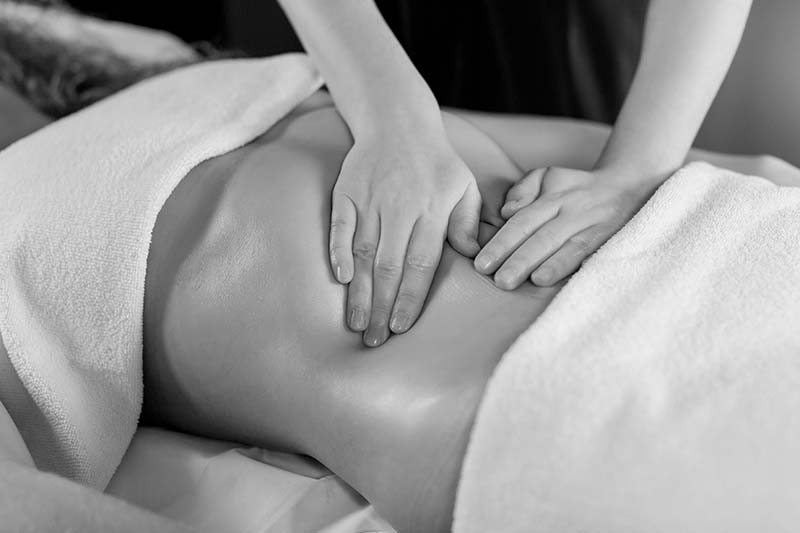
Why it works
In good health the organs have their own physiological motion – that is they move. Each organ is surrounded by fascia, a type of connective tissue in the body that surrounds nearly all of our structures, small and large. Just as a tight sweater not sitting right round the shoulder could affect its comfort in the arm or torso, so the fascia restricted in one place may affect the fascia around another area. Fascia needs to be flexible and fluid to permit the organs their proper movement and allow the organs to adapt as our bodies move about in our everyday lives.
Particular situations that can influence the organs and fascia include physical injuries, infections, operations and even emotional trauma. Recent traumas are usually faster to adapt and heal but old injuries and compensations can also be relieved over a few sessions.
How it works
Visceral manipulation is a collection of specific and precise techniques that help restore the fluidity of the fascia, the proper mobility of organs and thereby improve their function. Although some of these make a deep contact with the body it is not invasive and rarely painful, although at times it may feel as if practitioners hands are reaching parts others may not have reached before! The body is always the most important instructor. A variety of diagnostic tools are utilized to pinpoint which area your body wants to be worked on first. We always listen closely to and follow the body – it always knows best!
This work is an amazing contribution to the field of bodywork, both in its precision and in the way the techniques are applied. The quality of listening and accuracy it inspires is a life long training. Jean-Pierre himself says that when he hasn’t had a good result for a patient it is usually because he needs to hone his anatomy!
It can be helpful for all sorts of conditions experienced by a vast number of people. Most of us have had some impact to our organs at some point in our lives. It is especially helpful after operations, trauma, accidents and when other issues just won’t clear up.
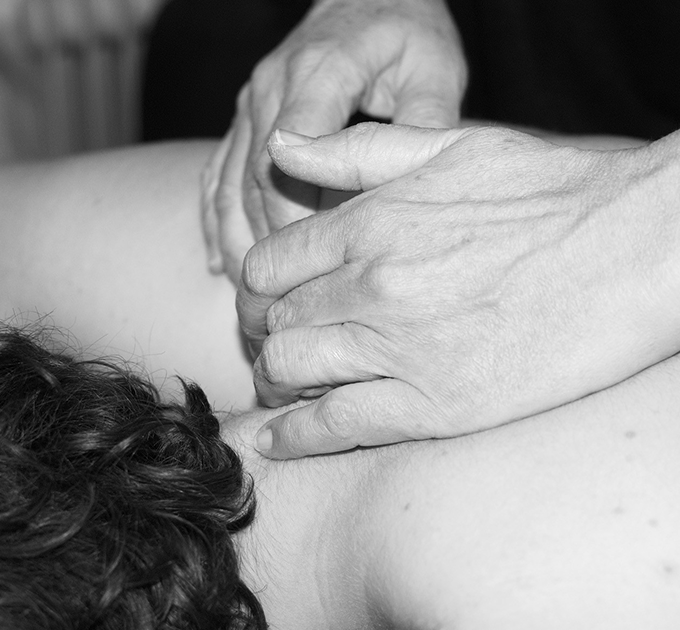
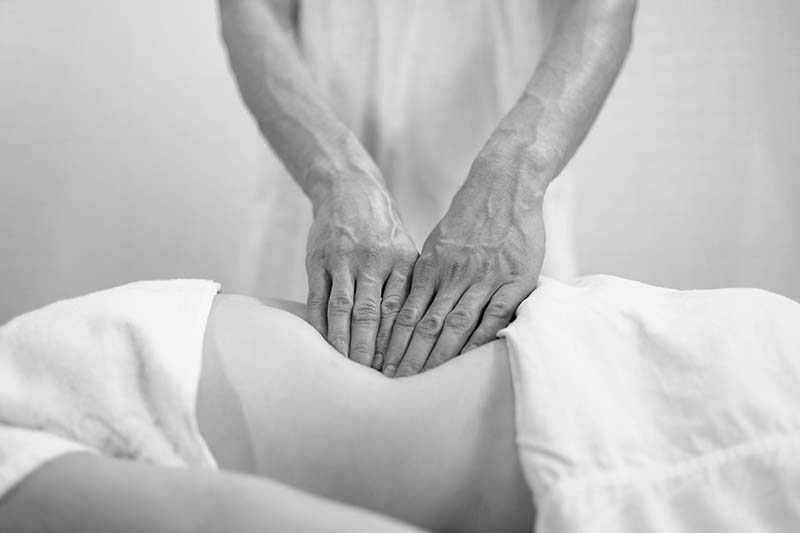
Case Study
Jodie had quite a lot of scar tissue from an appendectomy 11 years previously. She often had a lot of abdominal pain and discomfort. Despite it being very tender to touch at first we worked very gently to release the areas of restriction. After 2 sessions she realised that she could bend her leg without it pulling in her abdomen and pelvis which she hadn’t even realised she couldn’t do! The abdominal pain is gone and there is a lot more freedom of movement in her trunk and legs.
